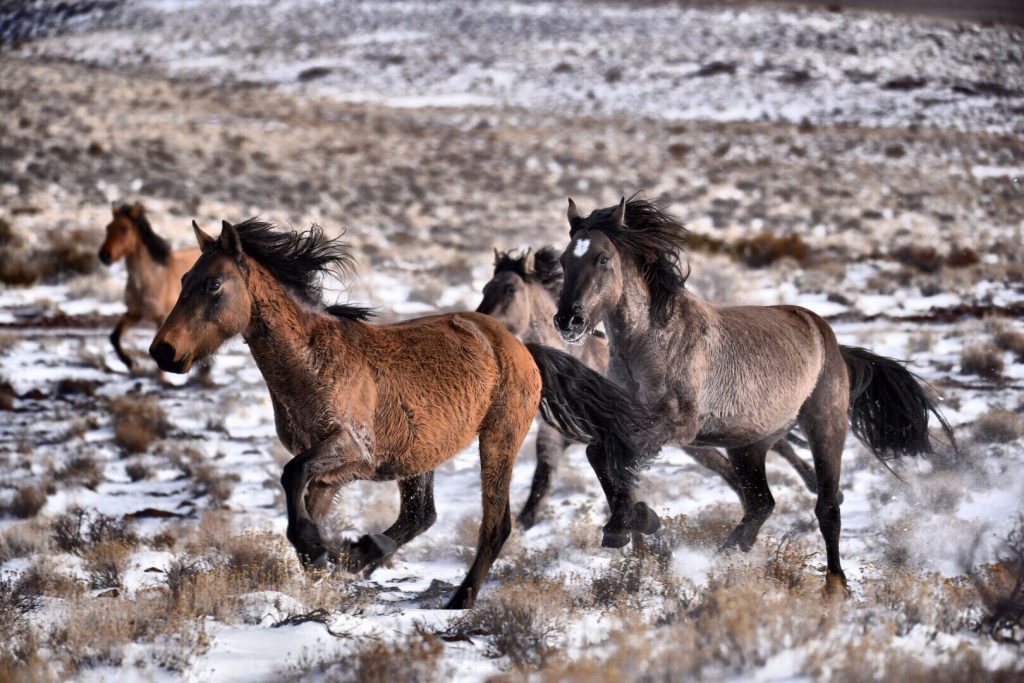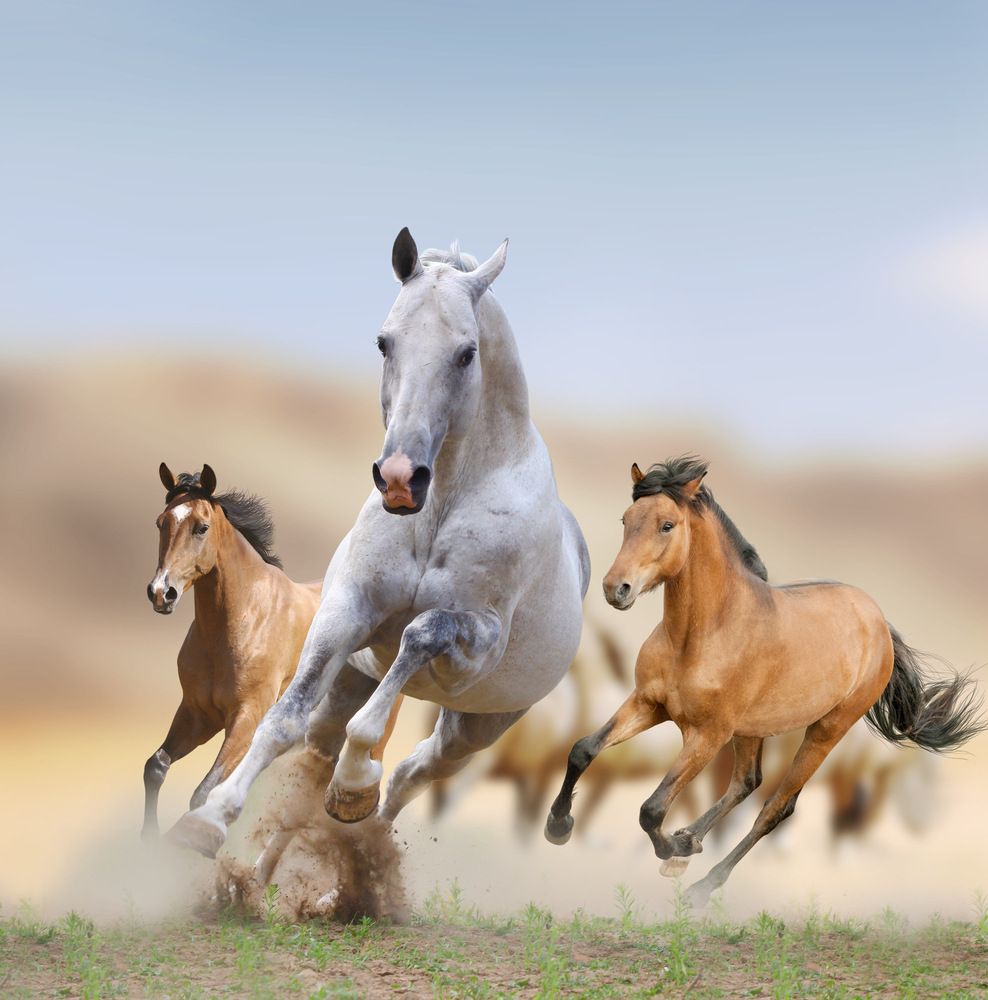

They’re domesticated horses that haven’t been tamed. Therefore, they’re not truly “wild” horses. These feral horses are actually untamed descendants of the domesticated horses. What most people think of as “wild” horses are actually feral horses. So are there any wild horses left? Sort of! The answer is not a simple one. When this occurred, they were considered domesticated. Over generations, tame horses developed a genetic predisposition toward humans. This was done so that they could be used for transportation and farm work. Over time, though, many of these horses were caught and tamed. Hundreds of years ago, horses roamed wild in many parts of the United States. But the horses are gone just as quickly as they appeared, running off to the next field in the distance. You tell your family so they can see too.
#WILD HORSES FREE#
There, in a distant field, is a group of horses! They’re running wild and free through the tall grass. You stare out the window and watch as fields of corn and wheat flash past.
BILL HR 6635, if passed, will stop the use of helicopters in round-ups, and require a GOA report within one year.Imagine you’re on a peaceful drive through the countryside with your family. The lack of public access and not having access to documents is unacceptable. Transparency: Current short- and long-term holding needs a complete audit. Abuses are all too common with no repercussions. The Comprehensive Animal Welfare Program (CAWP) needs to be expanded and enforced. Then, for most, they will spend a lifetime in pens. The deaths continue for months after the roundups as impacts from overheating and terror on the horses manifests. At every stage, they continue to be panicked to more injuries and death occur. Here they are processed, branded and the stallions are gelded. They are sorted by age and sex and then are pushed into chutes and onto tractor trailers to be sent to short-term holding. From the trap, they are forced into trailers and taken to temporary holding. Wild horses are chased for miles and frightened horses fall, run into each other or panels of the trap, sometimes leading to fatal injuries. Helicopters descend into HMAs to chase horses into the BLM traps. $87 million for short-term holding corrals since 2010, and $333 million for long-term holding pastures since 2004. $36.8 million for helicopter roundup and bait-trapping operations since 2011. Tax payer money is used being abused under the misguided management of BLM:. These numbers leave herds non-genetically viable. In many areas, less than 50 wild horses will remain on areas of over 50,000 acres. The BLM’s goal is a high AML of 27,000 and a low AML of 16,360. The Appropriate Management Level (AML) used by the BLM is random and not based on science. This leads to many more horses going to slaughter. Older sale authority horses who have not been adopted are sold for as low as $25 and can be bought by the truckload. The Adoption Incentive Program (AIP) pays $1000 to people to take a wild horse, up to four horses per family member. Several changes have been made to the WFRHBA of 1971, most of which benefit special interests and have basically destroyed the intent of the original bill. We need HMAPs for all Herd Management Areas (HMA) and for those to be followed. When Congress wrote the WFRHBA of 1971, they had the foresight to mandate individual Herd Management Area Plans (HMAP) for each herd area to protect wild horses. (GAO) study determined the primary cause of the degradation of range land resources is poorly managed domestic livestock grazing. Livestock consume 70% of resources on public lands, while wild horses and burros consume less than 5%. The BLM’s private grazing program includes 214 acres of public lands with over 4 million head of subsidized cattle. To date, BLM has taken over 26 million acres of land from the horses.  The WFRHBA of 1971 mandates 53.8 million acres of public lands be managed principally for the horses. The Bureau of Land Management (BLM) are pushing to get that number under 17,000. Today, the combined number is less than 87,000. The number was down to about 60,000 horses.
The WFRHBA of 1971 mandates 53.8 million acres of public lands be managed principally for the horses. The Bureau of Land Management (BLM) are pushing to get that number under 17,000. Today, the combined number is less than 87,000. The number was down to about 60,000 horses. 
When Congress passed the Wild and Free-Roaming Horse & Burro Act (WFRHBA) of 1971, they did so after the brutal killing of most wild horses. In the 1800s, we had over two million wild horses in America.Native American history states wild horses have always been here. They regenerate the land, reduce fires, and help fight climate change. Wild horses are native as proven by science, are a keystone species, and are critical to a healthy ecosystem.







 0 kommentar(er)
0 kommentar(er)
